Description
CHL2601 Assignment 3 Memo | Due 6 June 2025. All questions fully answered with referencing. QUESTION 1 (24 marks) 1.1 In a brief discussion, answer the questions below: 1.1.1 In your own words, define the term ‘literacy’. (2) 1.1.2 In your own words, define the term ‘emergent literacy’? (2) 1.1.3 Critically discuss how technology has influenced literacy in the current state of education. (2) 1.1.4 Describe ONE (1) key characteristic of children’s literature. (2) 1.1.5 Explain how emergent literacy differs from conventional literacy. (2) 1.1.6 List any TWO (2) main genres of literature. (4) 1.1.7 Critically discuss why literacy is considered a dynamic and evolving concept. (2) 1.1.8 Explain the importance of children’s literature in early childhood development within the South African context. (2) 1.1.9 Critically discuss the role of literature genres in shaping cultural identity. (2) 1.1.10 Share TWO (2) characteristics of oral literature with written literature. (4) QUESTION 2 (28 marks) 2.1 Design a table where you illustrate the personal value of children’s literature and use the rubric below as a guide: 2.2 Read the quote below then answer the question that follows: “Illustrations, just like words, are a means of communication and as such are used to convey meaning in children’s books. When children have not yet fully developed their reading skills, they are still able to retell a story in their own words after “reading” the illustrations.” (CHL2601 Study guide, 2025, p. 33) 2.2.1 Describe the THREE (3) different artistic styles that teachers should be able to recognise in children’s literature, provide THREE (3) examples to support your answer. (10) QUESTION 3 (26 marks) 3.1 Critically discuss the different types of children’s literature (genres). Use the criteria below to guide your discussion in essay format based on the mark allocation. 3.2 List FIVE (5) sub-genres of children’s literature that you have not mentioned in question (3.1). QUESTION 4 (22 marks) 4.1 Create a lesson plan for your Grade 2 class using the Shared Reading Approach. Use the rubric below to guide your content according to the mark allocations: Assessment Rubric: Grade 2 Shared Reading Lesson

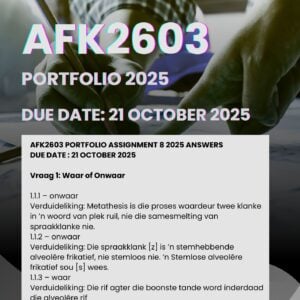

![TLI4801 Assignment 1 Semester 2 2024 Answers [Due Date 19 August 2024]](https://studypass.co.za/wp-content/uploads/2024/08/tli4801-300x300.jpg)
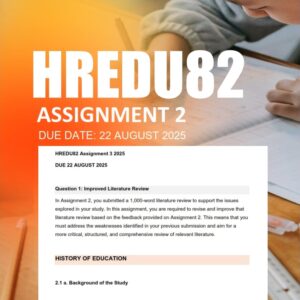
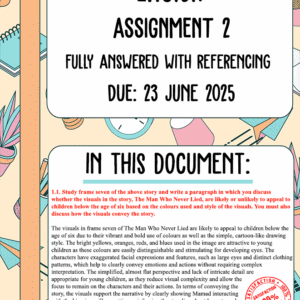




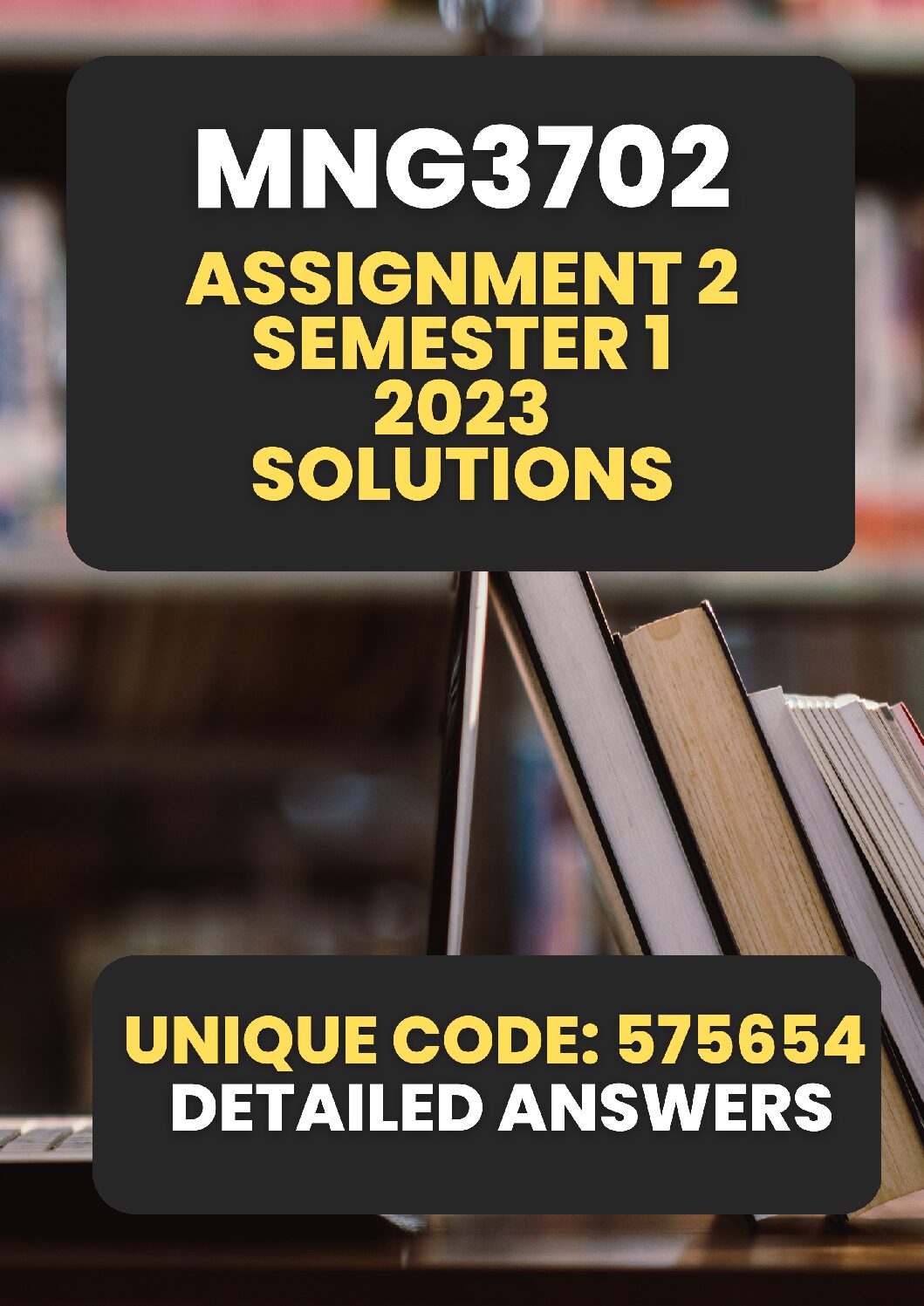
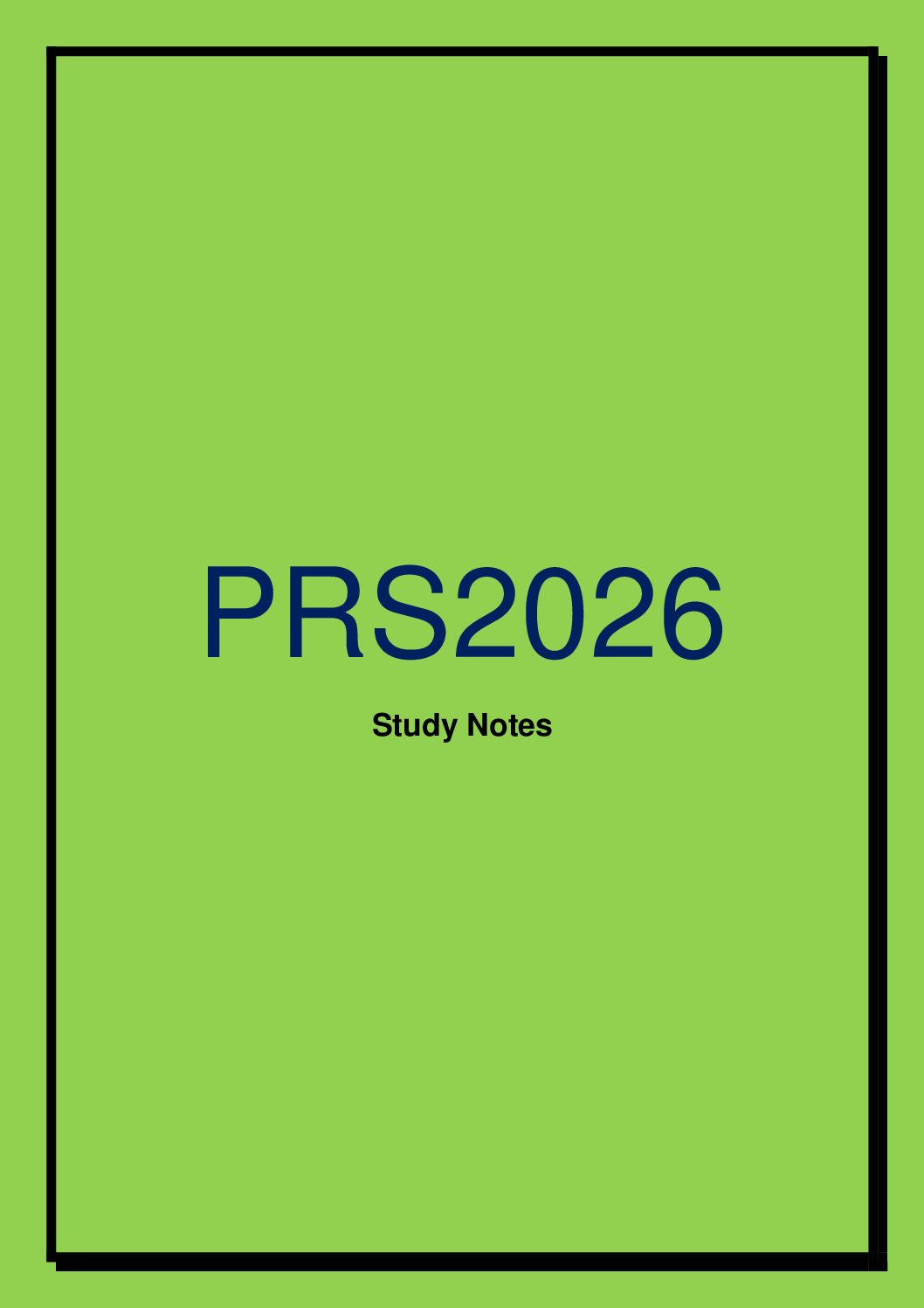




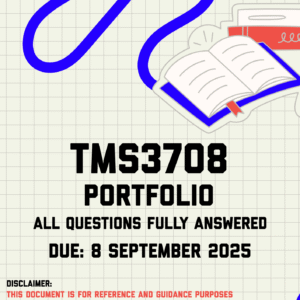

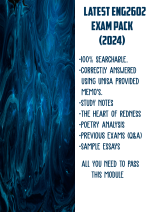

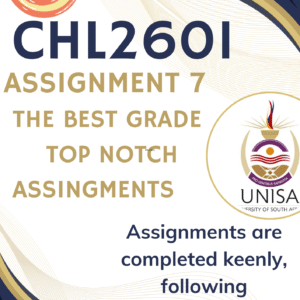

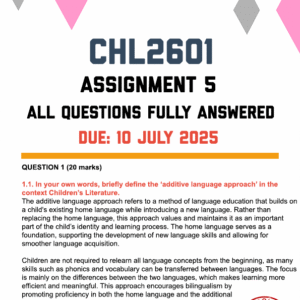
Reviews
There are no reviews yet.